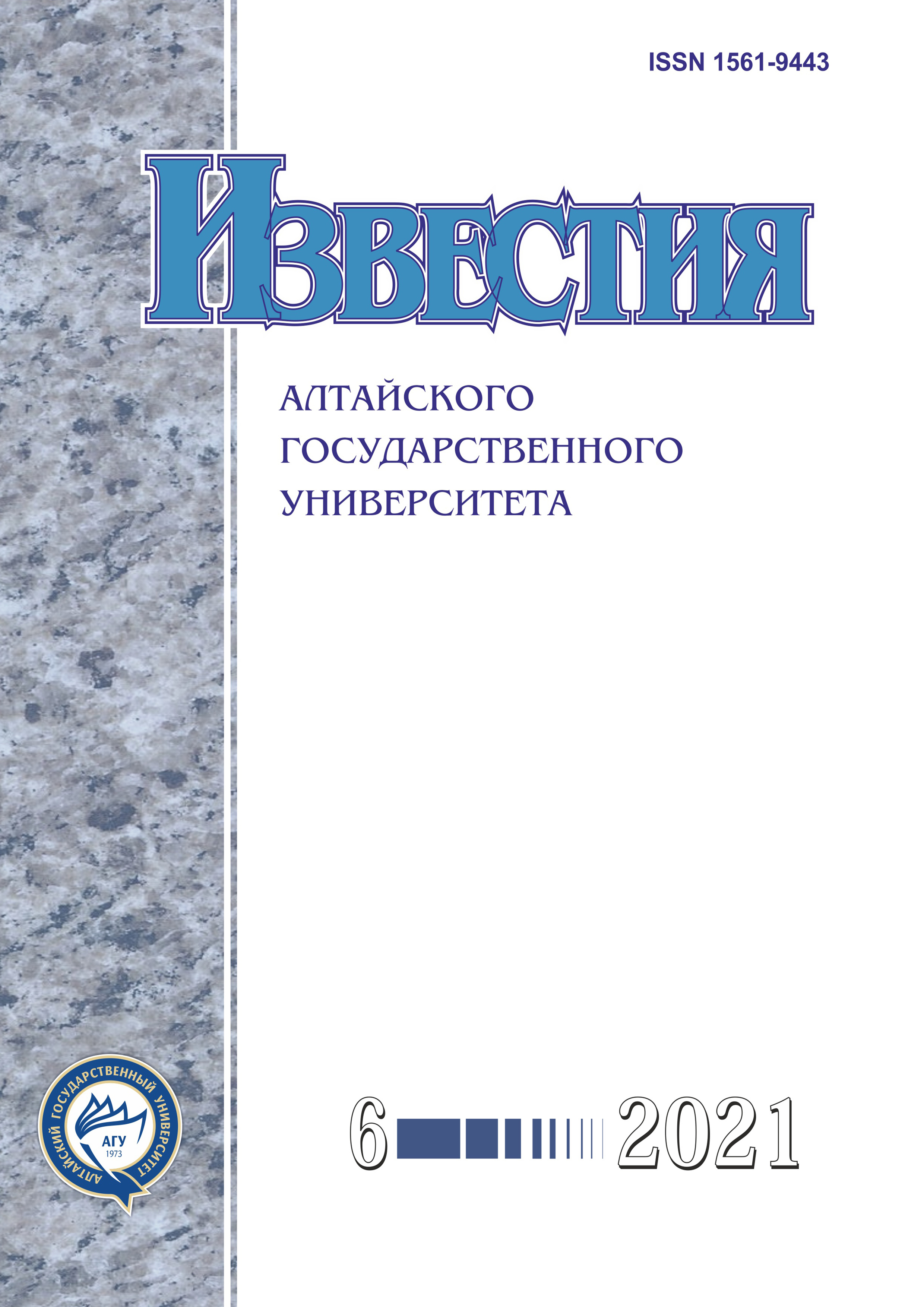Economic Adaptation of Resettlement Farms in the Context of the State Migration Policy to Turkestan in the Second Half of the 19th and the Beginning of the 20th Centuries
УДК 902 (57) ББК 63.3 (5)-2
Abstract
In this article the author examines the process of economic adaptation of resettlement farms in the context of the imperial strategy of attracting the Orthodox population to the region. The article proves that the migration movement in Turkestan in the second half of the 19th — early 20th century was of great state importance and the settlers acted as agents of colonization; belonging to the Orthodox community became the basis of solidarity for the resettlement community. Based on an analysis of unpublished archival sources, the author revealed that the empire used the religious identity of the settlers, which became a mechanism for the state selection of settlers for migration in the region for effective build a migration policy to Turkestan. The author concludes that the state policy towards sectarians and Old Believers was ambivalent: their migration to the region was restricted by legal mechanisms and at the same time their settlement was allowed and not prosecuted because of the high success rate of economic farms.
Downloads
Metrics
References
Гинзбург А.И. Русское население в Туркестане (конец XIX — начало XX века). М., 1991.
Фомченко А.П. Русские поселения в Туркестанском крае в конце XIX — начале XX в. (социально-экономический аспект). Ташкент, 1983.
Брусина О.И. Славяне в Средней Азии: этнические и социальные процессы: конец XIX — конец XX вв. М.,
Брежнева С.Н. Отражение идеи аккультурации в переселенческой политике Российской империи в Туркестане на рубеже XIX-XX вв. // Вестник РУДН. Серия: История России. 2018. Т. 17, №3.
Центральный государственный архив Республики Узбекистан (ЦГА РУз). Ф. 7. Оп. 1. Д. 5020.
ЦГА РУз. Ф.Р.-2412. Оп. 1. Д. 71.
Переселенческое дело в Туркестане: отчет по ревизии Туркестанского края, произведенной по Высочайшему повелению сенатором гофмейстером графом К.К. Паленом. СПб., 1910.
Цыряпкина Ю.Н. Переселенческое сообщество в Сырдарьинской области Туркестана по донесениям царской администрации начала ХХ в. // Известия Алтайского гос. ун-та. 2015. №4/1 (88).
Ремнев А., Суворова Н. «Русское дело» на азиатских окраинах: «русскость» под угрозой или «сомнительные культуртрегеры» // Ab Imperio. 2008. №2.
ЦГА РУз. Ф. И-1. Оп. 17. Д. 858.
ЦГА РУз. Ф. И-1.Оп. 17. Д. 658.
Литвинов П.П. Неисламские религии Средней Азии (вторая половина XIX — начало XX вв.). Елец, 1996.
ЦГА РУз. Ф. И-1. Оп. 17. Д. 456.
ЦГА РУз. Ф. 7. Оп. 1. Д. 5103.
Брейфогл Н. Контакт как созидание. Русские сектанты и жители Закавказья в XIX в. // Диаспоры. 2002. №4.
Тарновский Г. Русские поселения в Закаспийской области // Русская мысль. Год шестнадцатый. Май. М., 1895.
Переселенческое дело в Туркестанском крае (области Сыр-Дарьинская, Самаркандская и Ферганская). Отчет по служебной поездке в Туркестан осенью 1910 г. чиновника особых поручений при Переселенческом управлении Н. Гаврилова. СПб., 1911.
Первая Всеобщая перепись населения Российской империи 1897 г. LXXXVI. Сыр-Дарьинская область. СПб., 1905.
Copyright (c) 2021 Юлия Николаевна Цыряпкина

This work is licensed under a Creative Commons Attribution 4.0 International License.
Izvestiya of Altai State University is a golden publisher, as we allow self-archiving, but most importantly we are fully transparent about your rights.
Authors may present and discuss their findings ahead of publication: at biological or scientific conferences, on preprint servers, in public databases, and in blogs, wikis, tweets, and other informal communication channels.
Izvestiya of Altai State University allows authors to deposit manuscripts (currently under review or those for intended submission to Izvestiya of Altai State University) in non-commercial, pre-print servers such as ArXiv.
Authors who publish with this journal agree to the following terms:
- Authors retain copyright and grant the journal right of first publication with the work simultaneously licensed under a Creative Commons Attribution License (CC BY 4.0) that allows others to share the work with an acknowledgement of the work's authorship and initial publication in this journal.
- Authors are able to enter into separate, additional contractual arrangements for the non-exclusive distribution of the journal's published version of the work (e.g., post it to an institutional repository or publish it in a book), with an acknowledgement of its initial publication in this journal.
- Authors are permitted and encouraged to post their work online (e.g., in institutional repositories or on their website) prior to and during the submission process, as it can lead to productive exchanges, as well as earlier and greater citation of published work (See The Effect of Open Access).








